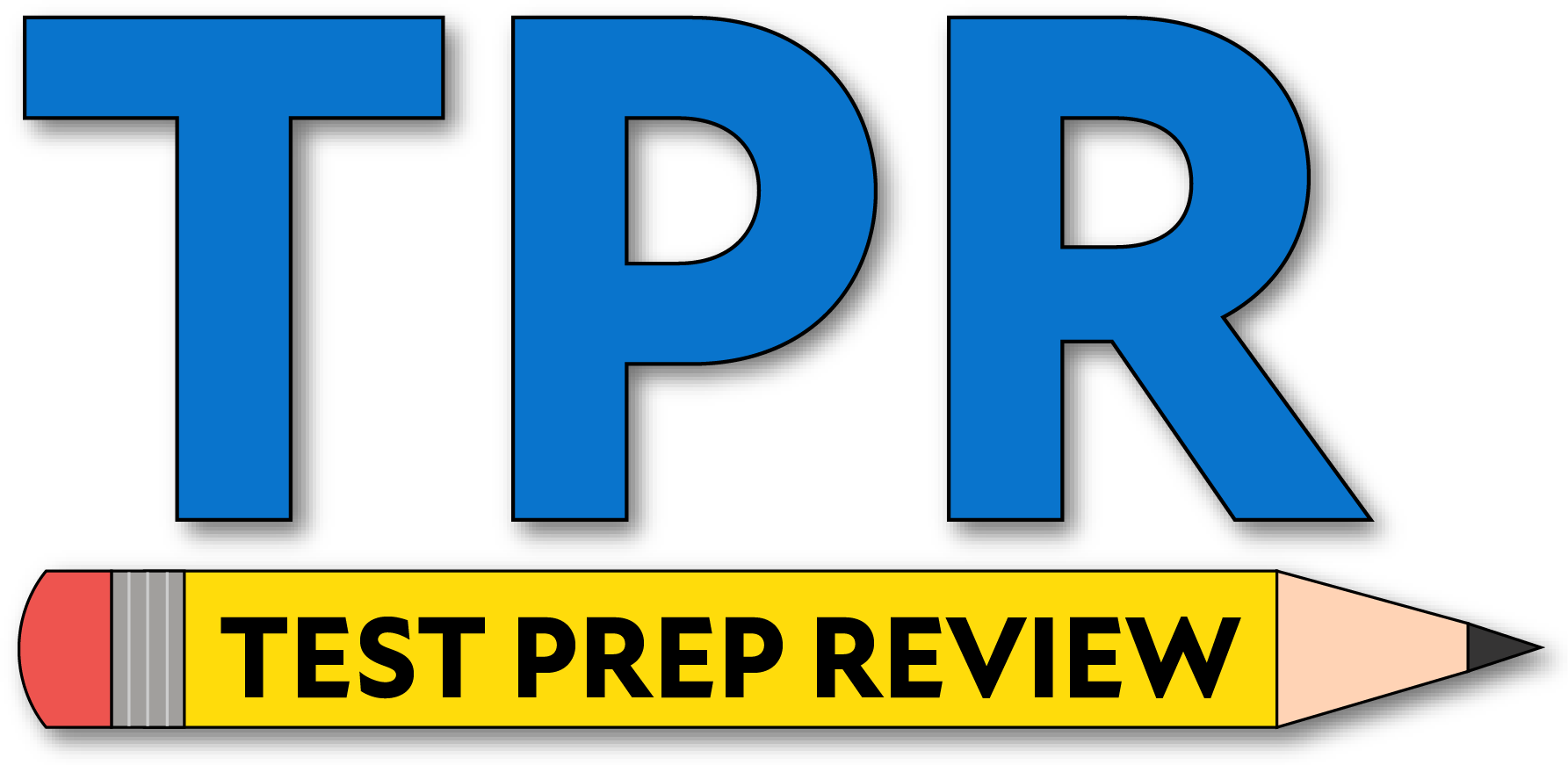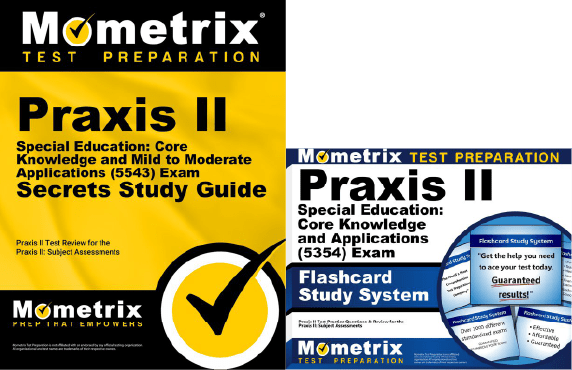If you need help studying for the Praxis Special Education: Core Knowledge and Mild to Moderate Applications test or just want some more information about what the test is like, you’ve come to the right place!
Click below to take a free Praxis Special Education practice test!
What’s on the Exam?
First, let’s talk about the questions on the Praxis Special Education (5543) test. There are 93 questions in total, with most being selected-response and some being constructed-response.
90 questions
Selected-response questions require you to select the correct answer from a list of options. Multiple-choice questions are the most common example, but you may also see true-or-false questions and “matching” questions, which ask you to match terms or concepts with their definitions.
Constructed-Response (CR)
3 questions
The constructed-response questions require you to write your answer instead of selecting from a list of choices. Your response to these questions is generally expected to be at least a few sentences, but you’ll be given specific details and instructions before you take the test.
The time limit for the test is 2 hours. There aren’t any scheduled breaks, but you’re free to take restroom breaks as needed!
Let’s take a closer look at the different sections of the test:
1. Development and Characteristics of Learners
17 questions
- Human development and behavior
- Theoretical approaches to student learning and motivation
- Basic characteristics of each of the major disability categories
- Impact of disabilities on individuals, families, and society
- Impact of language, cultural, and gender differences on the identification process
- Co-occurring conditions
- The contribution of family systems to the development of individuals with disabilities
- Environmental and societal influences on student development and achievement
2. Planning and the Learning Environment
20 questions
- Characteristics and elements of good lesson plans
- Learning objectives that are measurable and appropriately challenging
- Means of providing access to the curriculum
- Organizing the learning environment
- Theory and practice of positive behavior supports and effective classroom management
- Design and maintenance of a safe and supportive classroom environment
3. Instruction
20 questions
- Instructional strategies/techniques that are appropriate, considering students’ ages and abilities
- Instructional strategies for ensuring individual academic success in one-to-one, small group, and large group settings
- Instructional strategies that facilitate maintenance and generalization of concepts
- Selection and implementation of research-based interventions for individual students
- Selection and implementation of supplementary and/or functional curriculum
- Options for assistive technology
- Instructional strategies/techniques that support transition goals
- Preventive strategies and intervention strategies for at-risk learners
4. Assessment
17 questions
- Evidence-based assessments that are effective and appropriate
- Defines and uses various assessments
- Interprets assessment results
- Understands and uses the results of assessments
5. Foundations and Professional Responsibilities
16 questions
- Federal definitions
- Federal requirements for the prereferral, referral, and identification
- Federal safeguards of the rights of stakeholders
- Components of a legally defensible individualized education program
- Major legislation
- Roles and responsibilities of the special education teacher
- Roles and responsibilities of other professionals who deliver special education services
- Strengths and limitations of various collaborative approaches
- Communication with stakeholders
- Potential bias issues that may impact teaching and interactions with students and their families
6. Integrated Constructed-Response Questions
3 questions
- Instruction and assessment
- Learning environment and classroom management
- Collaboration
How to Register
To register for the test, you’ll need to create an account on the ETS website. Once your account has been created, you can submit your application to take the test.
When you submit your registration, you will need to pay the $156 testing fee.
Praxis Scores
The Praxis Special Education test is scored using a scaled scoring method. Here’s how it works:
For every question you answer correctly, you get one point added to your raw score. At the end of the test, your final raw score will be converted to a scaled score. This scaled score will range somewhere between 100 and 200.
The reason your raw score is converted to a scaled score is because everyone that takes the test is given a slightly different set of questions. Since everyone has a different arrangement of questions, and because some questions are harder than others, converting your raw score to a scaled score ensures a more even playing field.
Receiving Your Score
When you receive your skill report, it will tell you how many questions you missed in each section and generally whether you passed or not.
Your scores will become available on your Praxis account on the score reporting date. When you get the score back depends on the testing date.
FAQs
How many questions are on the Praxis 5543 exam?
The exam contains 93 questions.
What is the time limit for the Praxis 5543 exam?
The exam is timed at 2 hours.
What is the passing score for the Praxis 5543 exam?
You’ll need to get a final scaled score of at least 158 to pass.
How much does the Praxis 5543 exam cost?
The testing fee is $156.



 Praxis Study Guide
Praxis Study Guide Praxis Flashcards
Praxis Flashcards